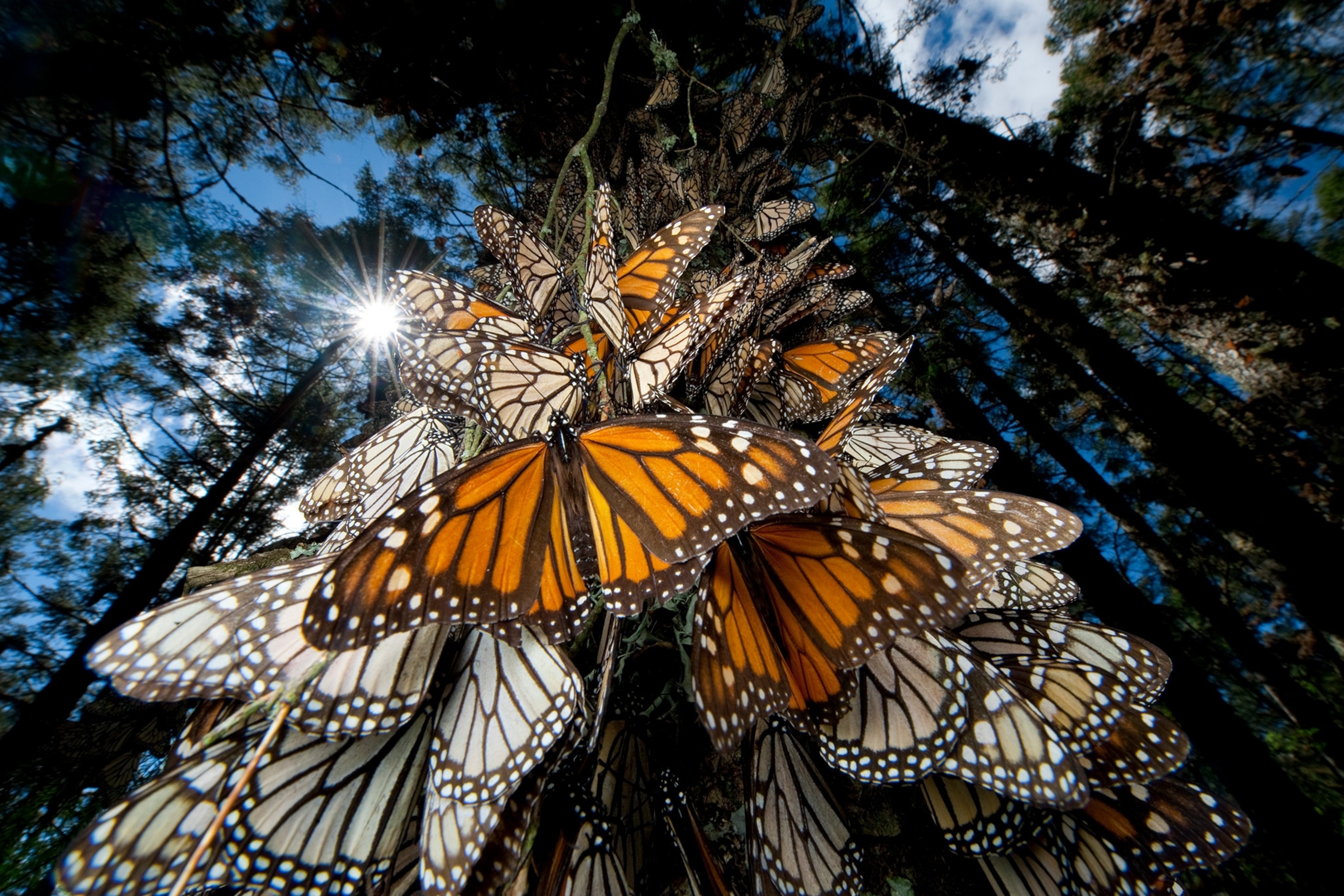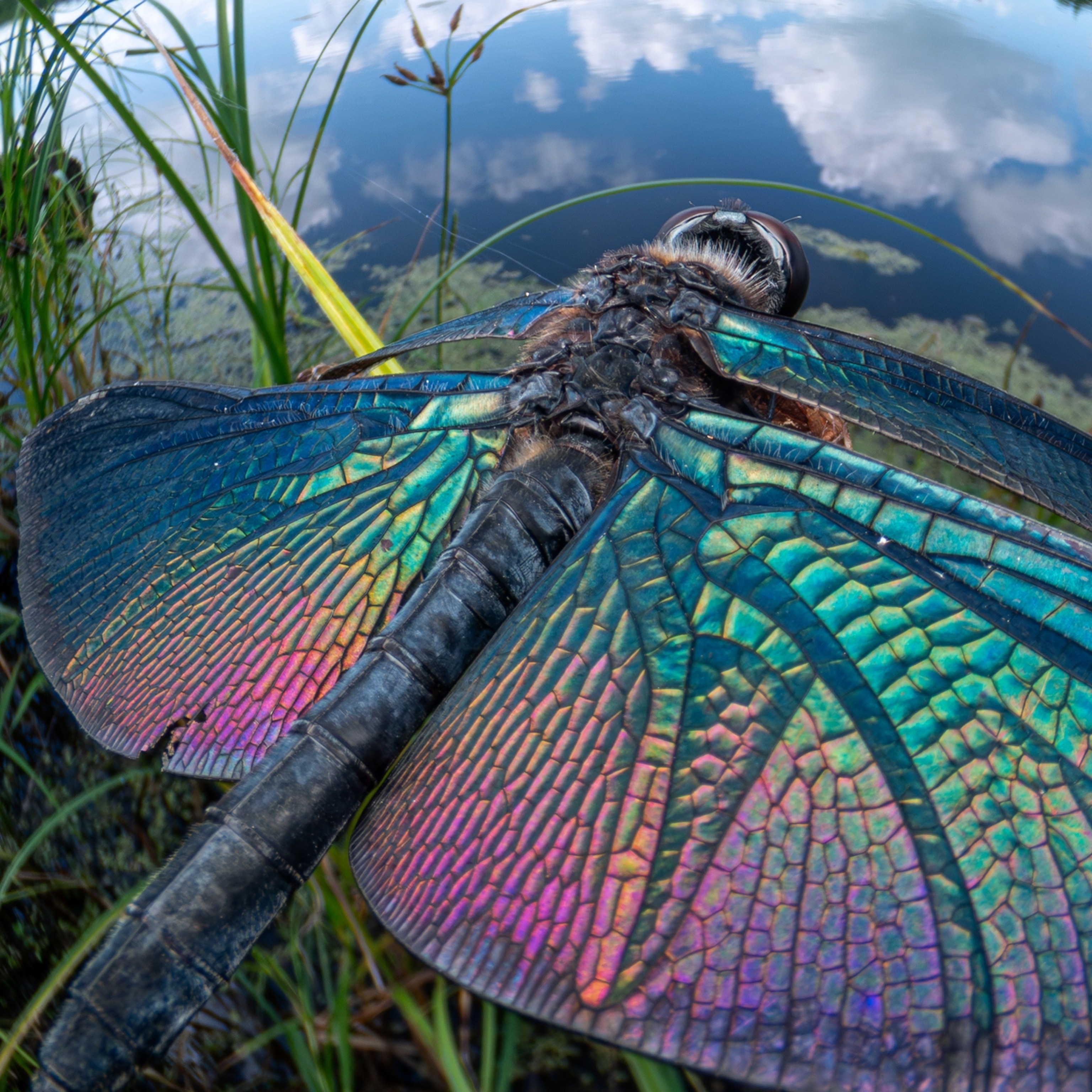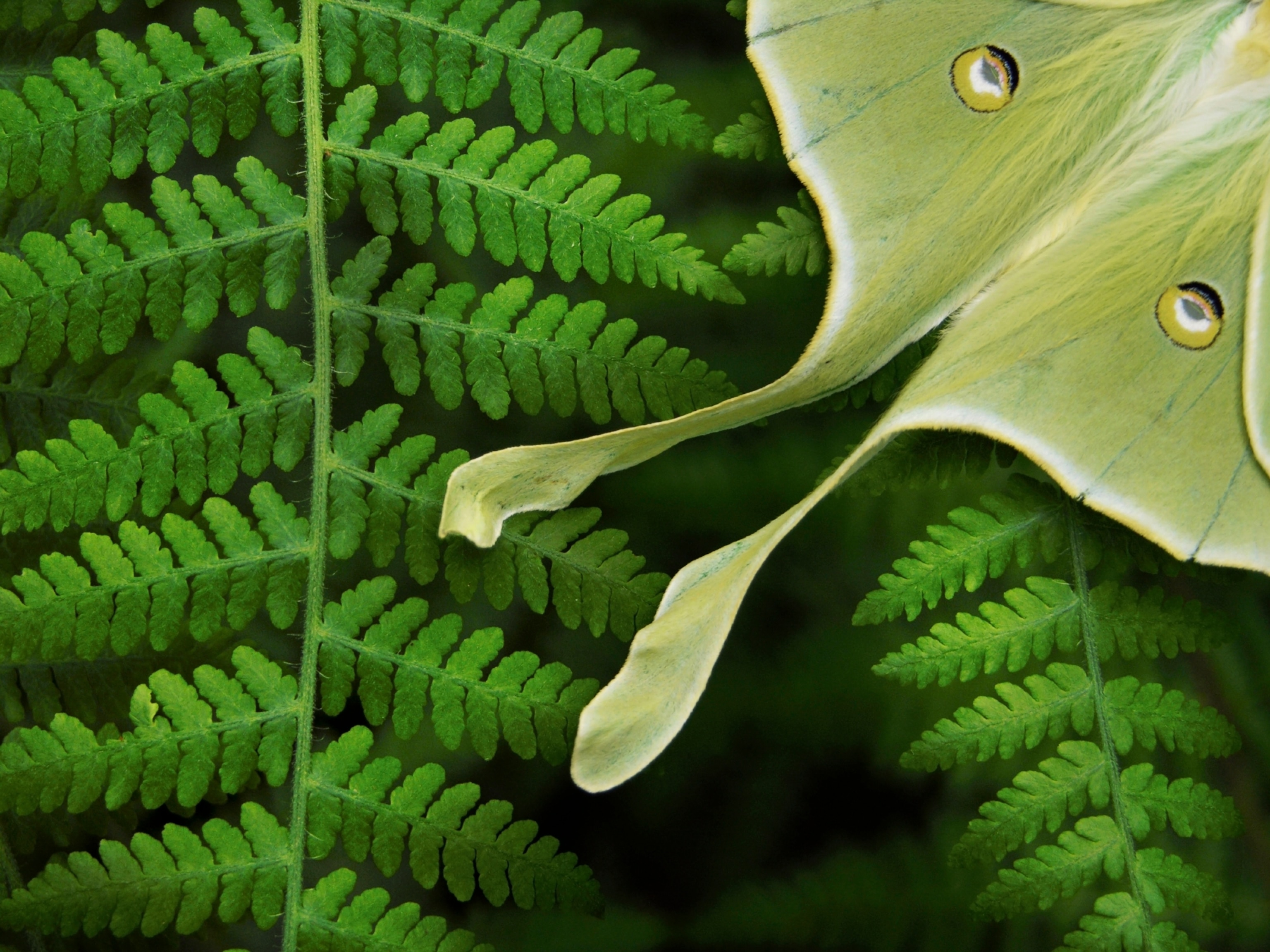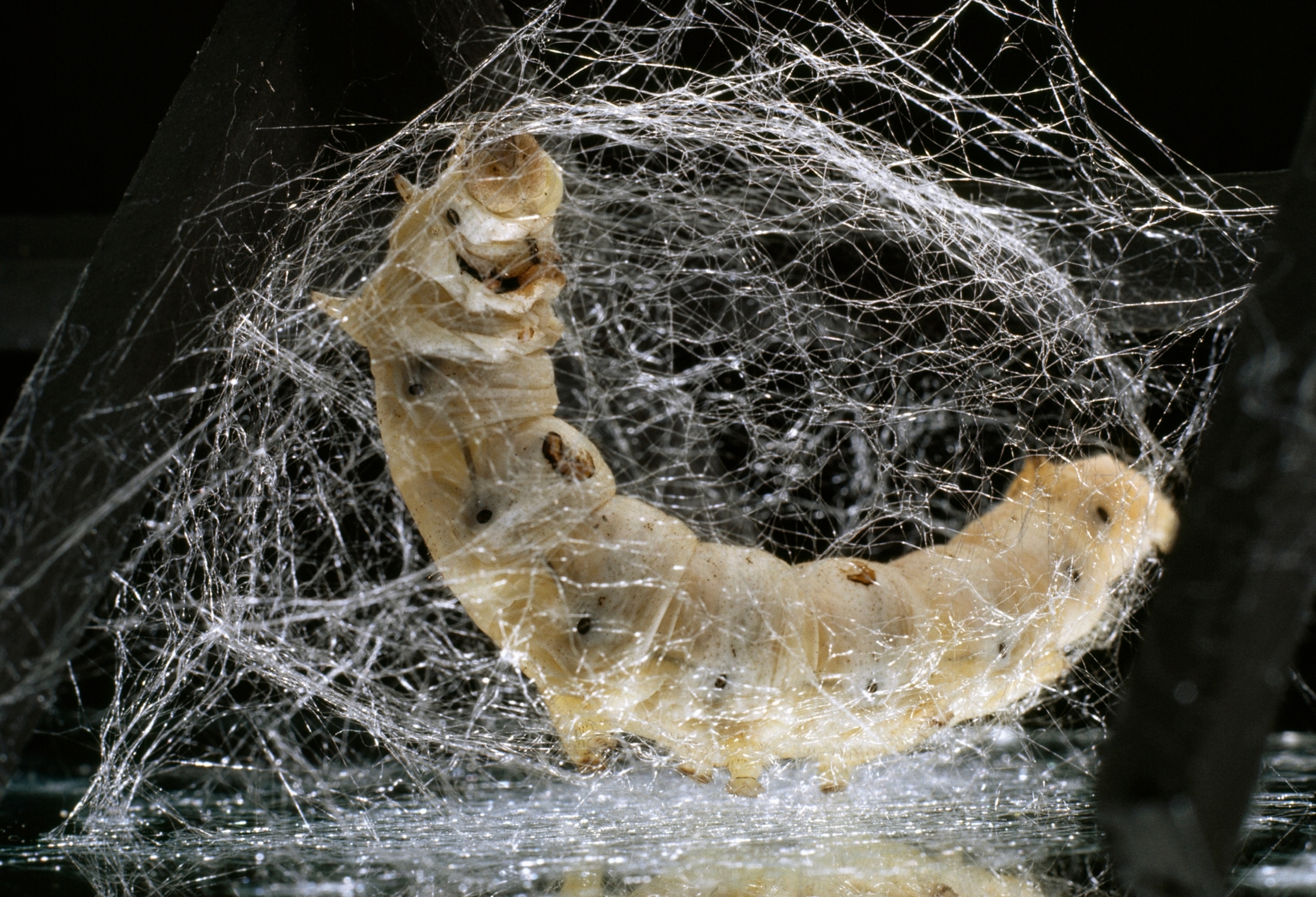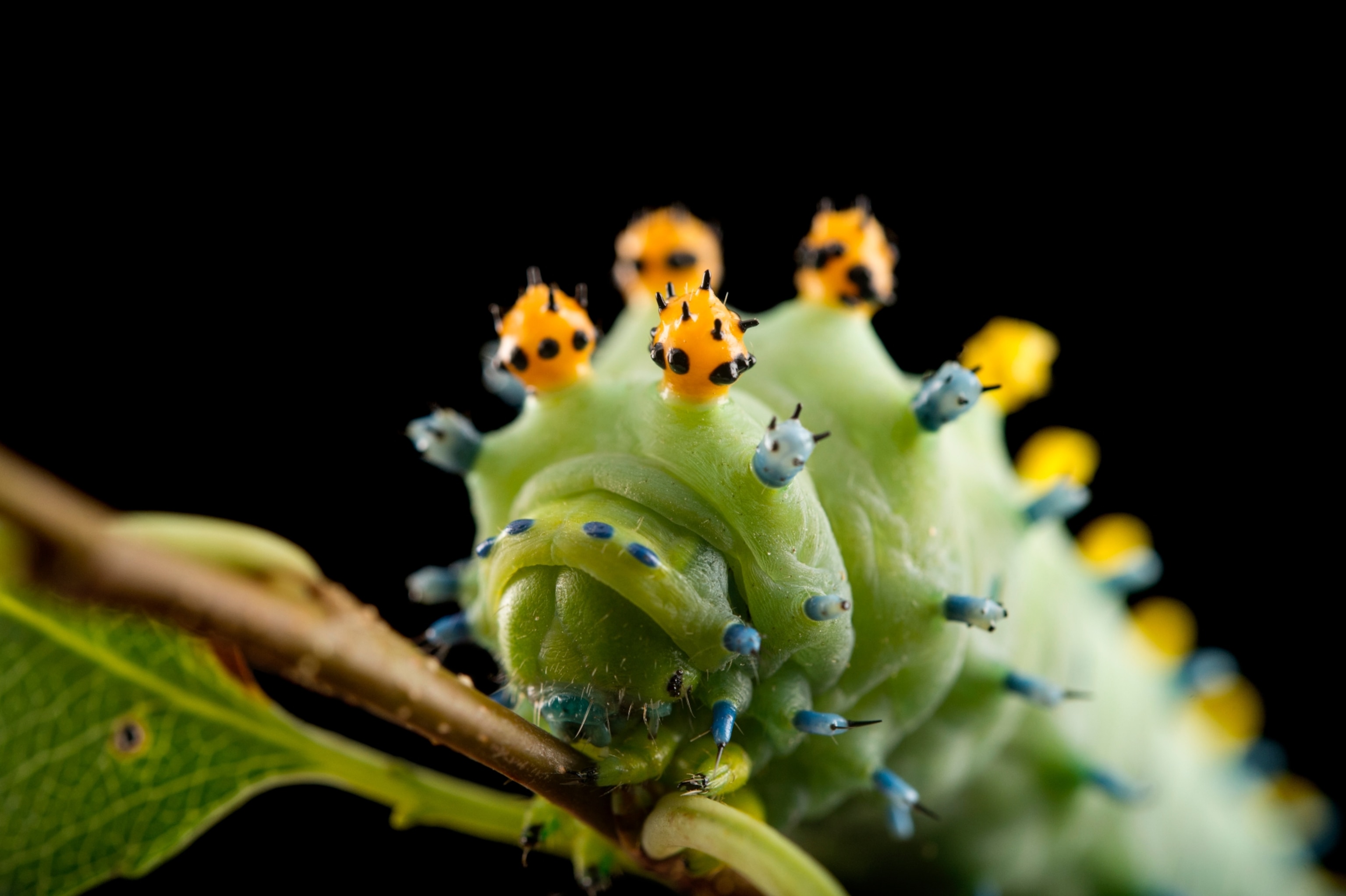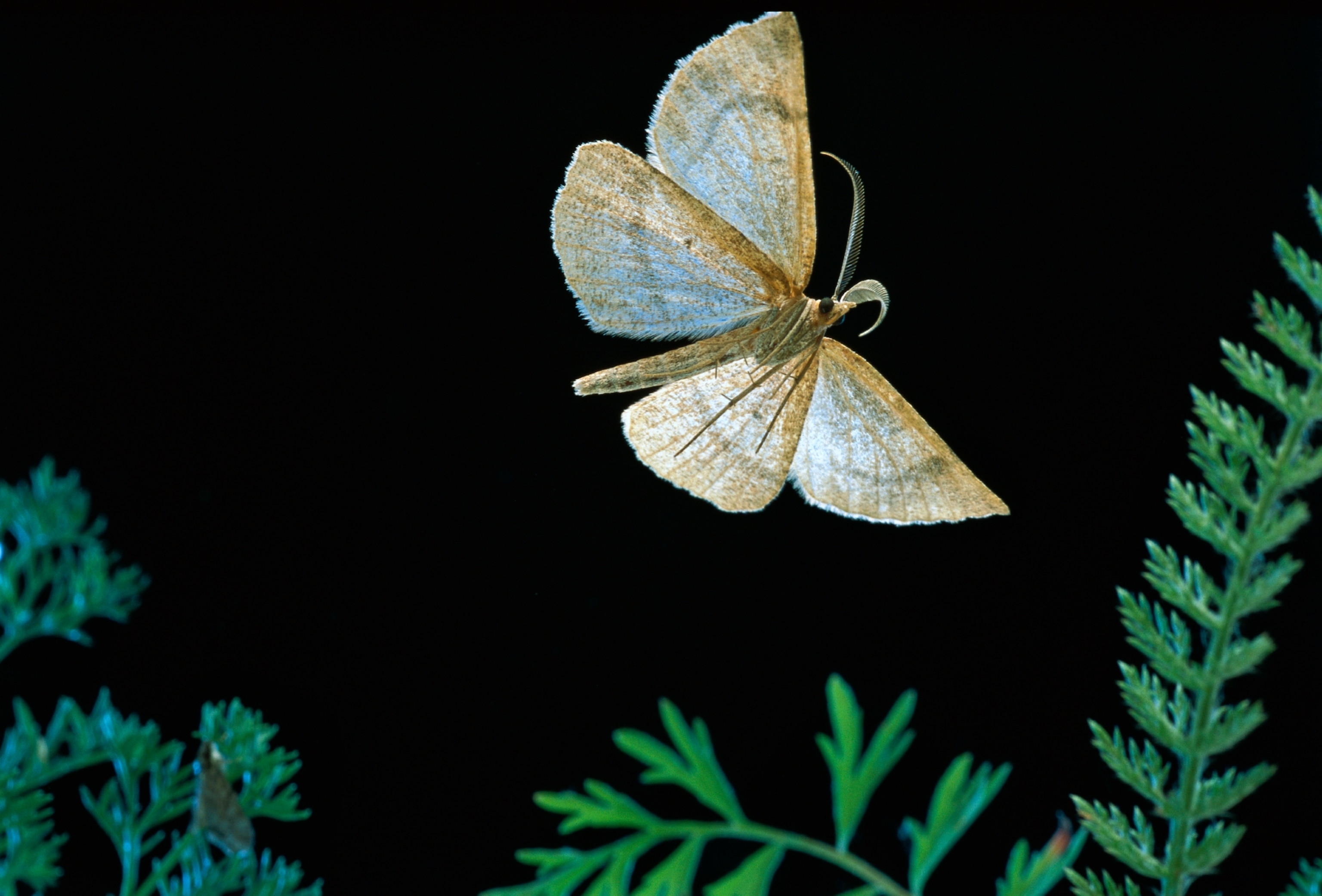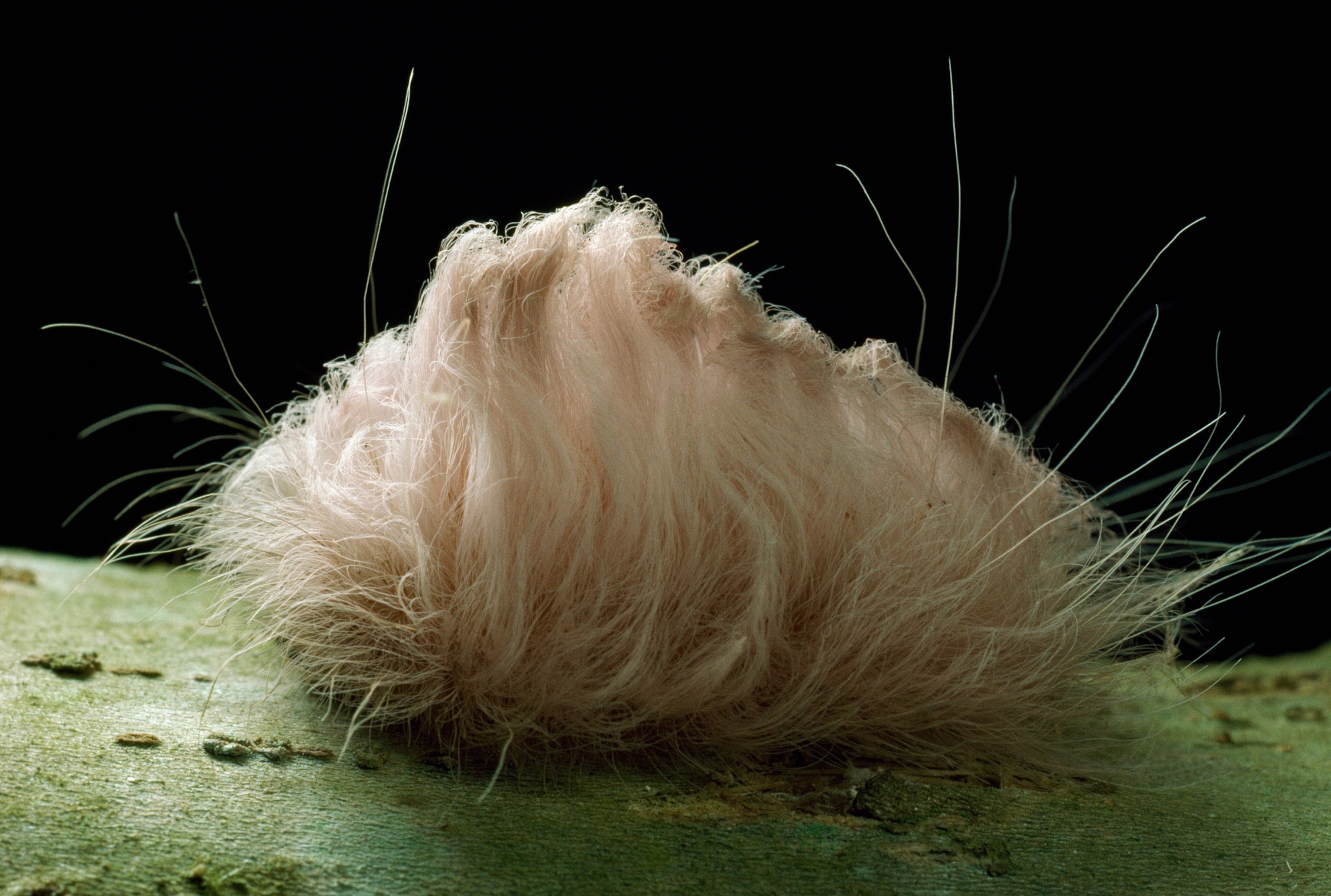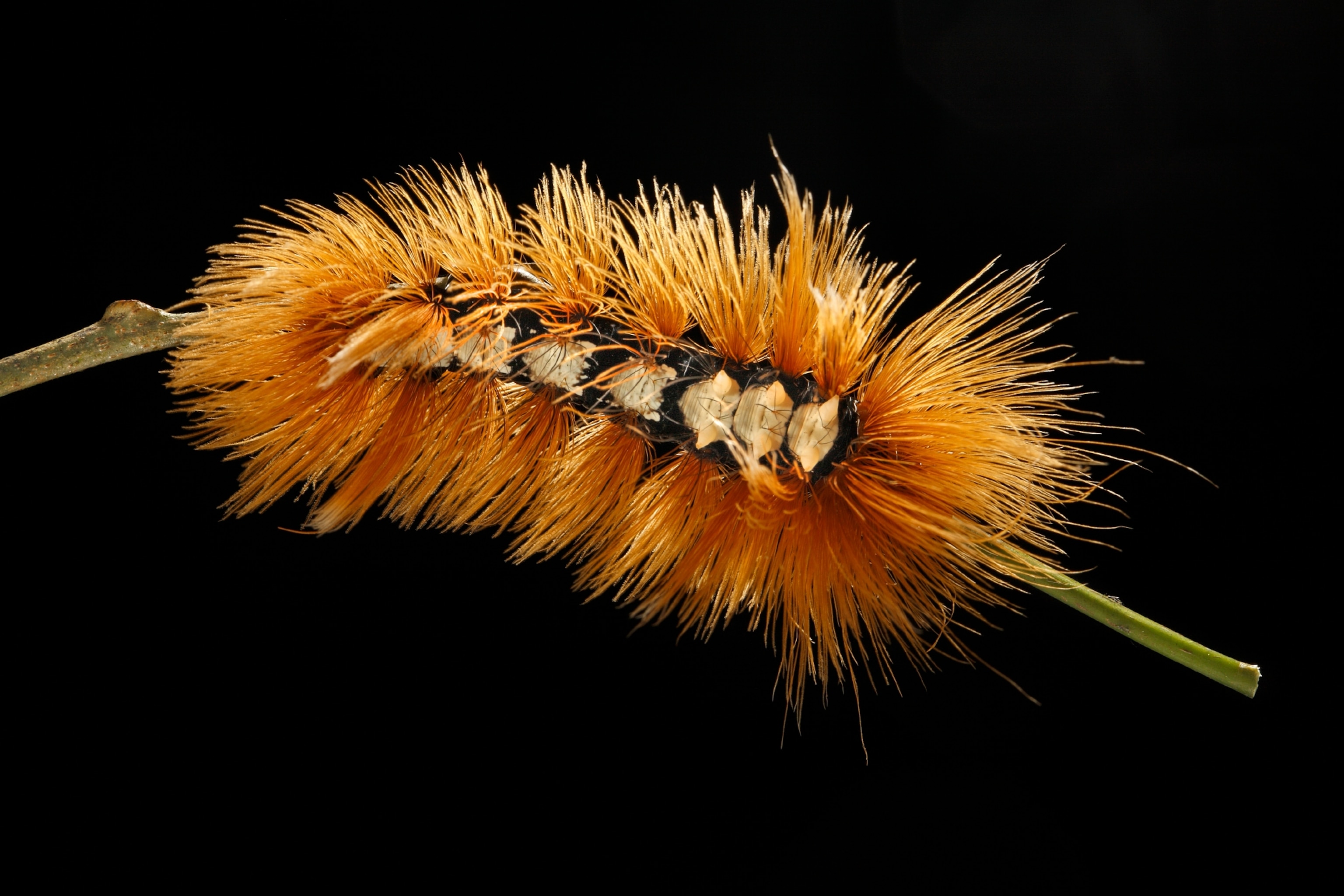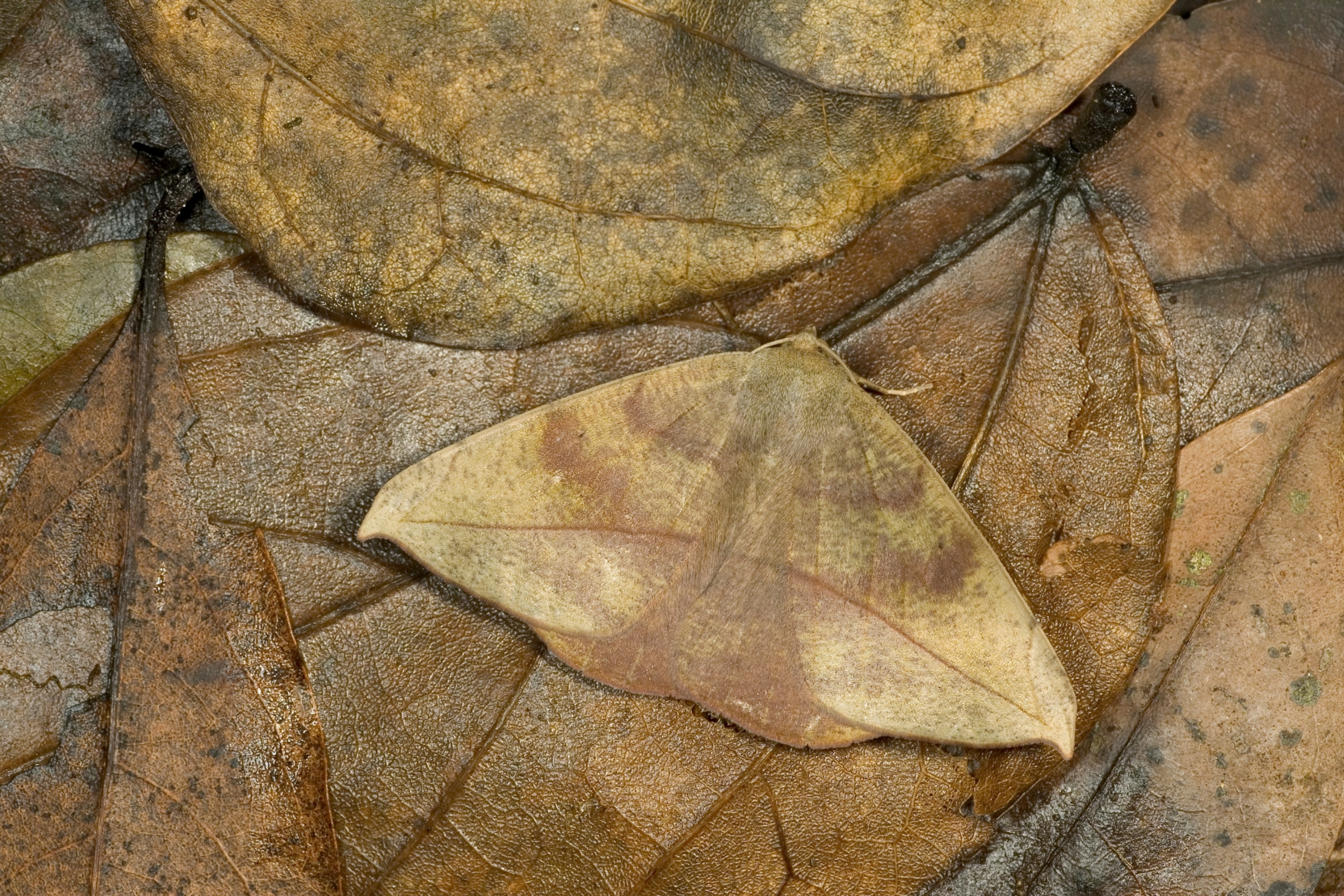Rocky Mountain locusts once gathered in such large numbers that they blotted out the sun over the Great Plains, rivaling the famous bison herds in size and appetite. In the summer of 1875, for example, a swarm of around 10 billion locusts took nearly a week to pass through Plattsmouth, Nebraska.
But in the following decades, ranchers and homesteaders developed special areas of the prairie where they bred. Only 27 years later, the last living specimens were collected on the Canadian prairie. They went extinct shortly thereafter, dealing a blow to the ecosystem, as they provided food for countless insectivores.
New research shows that large-scale declines in insects, while perhaps less dramatic, are by no means a thing of the past—and that insects may be more vulnerable than we thought. A study published recently in the journal Biological Conservation made headlines for suggesting that 40 percent of all insect species are in decline and could die out in the coming decades.
Why it matters
“There is reason to worry,” says lead author Francisco Sánchez-Bayo, a researcher at the University of Sydney in Australia. “If we don't stop it, entire ecosystems will collapse due to starvation.”
(Why the Arctic's Mosquito Problem Is Getting Bigger, Badder)
The paper, the first global survey of research on insect populations around the world, singles out a few groups of critters that are particularly threatened: moths and butterflies; pollinators like bees; and dung beetles, along with other insects that help decompose feces and detritus. (Related: Without bugs, we might all be dead.)
The study follows several high-profile papers on insect declines that shocked even experts in the field. In October 2017 a group of European researchers found that insect abundance (as measured by biomass) had declined by more than 75 percent within 63 protected areas in Germany—over the course of just 27 years.
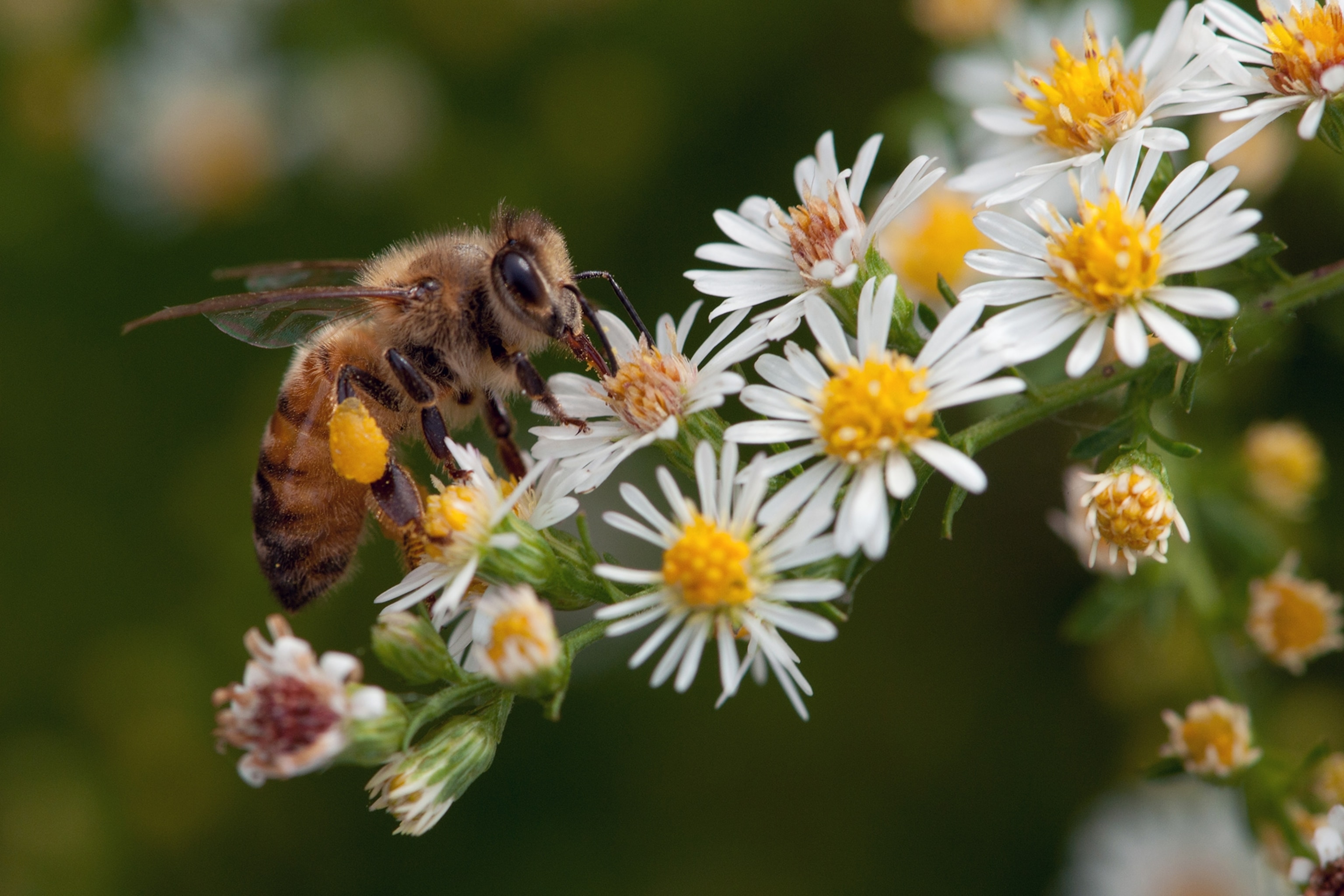
A year later, two researchers published a paper in the Proceedings of the National Academy of Sciences suggesting that within a relatively pristine rainforest in Puerto Rico, the biomass of insects and other arthropods like spiders had fallen between 10- and 60-fold since the 1970s.
Most of the relevant data comes from Europe, and to a lesser extent the United States, but the rest of the world remains woefully understudied, says David Wagner, an ecologist at the University of Connecticut who wasn’t involved in the paper.
(In This Insect, Females Have Penises And Males Have Vaginas)
The study found that half of the moth and butterfly species studied are in decline, with one-third threatened with extinction, and the numbers for beetles are almost exactly the same. Meanwhile, nearly half of surveyed bees and ants are threatened. Caddisflies are among the worst off—63 percent of species are threatened, likely due in part to the fact that they lay their eggs in water, which makes them more vulnerable to pollution and development.
Why the decline?
There are a number of reasons why these animals are in trouble, and there’s no single smoking gun, Wagner says. “I’m afraid the answer is that it’s death by a thousand cuts.”
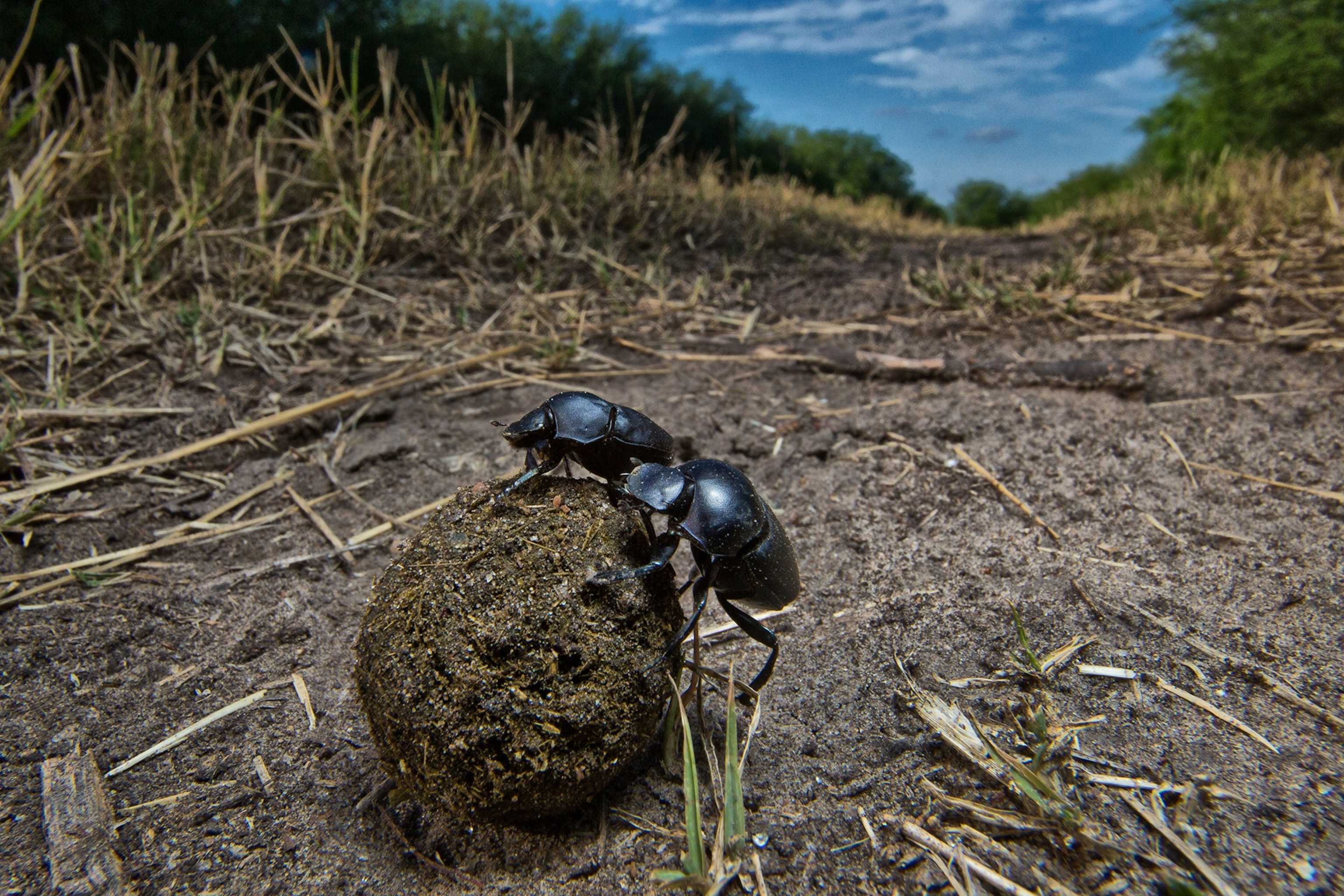
Factors behind the decline include, perhaps foremost among them, habitat changes wrought by humans, such as deforestation, and conversion of natural habitats for agriculture. In Europe and North America, the decline of small family farms, known for open pastures, hedgerows, and other areas where “weedy” plants like wildflowers can grow—areas that are perfect for insects—has certainly played a part, Wagner adds, as has the draining of wetlands and swamps.
Along with agriculture comes the use of chemicals like herbicides, fungicides, and pesticides. Insecticides, unsurprisingly, hurt non-target species, and neonicotinoids have been implicated in the worldwide decline of bees. Pesticides may play a role in one-eighth of the species’ declines featured in the study. (Related: 9 ways you can help bees and other pollinators at home.)
Climate change undoubtedly plays a big role as well, especially extremes of weather such as droughts, which are likely to increase in intensity, duration, and frequency in the future, Wagner says. Other factors include invasive species, parasites, and diseases.
The impact of the decline
Insects serve as the base of the food web, eaten by everything from birds to small mammals to fish. If they decline, everything else will as well, Sánchez-Bayo explains.
They also provide invaluable “services” to humanity, including plant pollination, says John Losey, an entomologist at Cornell University. About three-fourths of all flowering plants are pollinated by insects, as well as the crops that produce more than one-third of the world’s food supply.
“No insects equals no food, [which] equals no people,” says Dino Martins, an entomologist at Kenya’s Mpala Research Centre and a National Geographic Explorer.
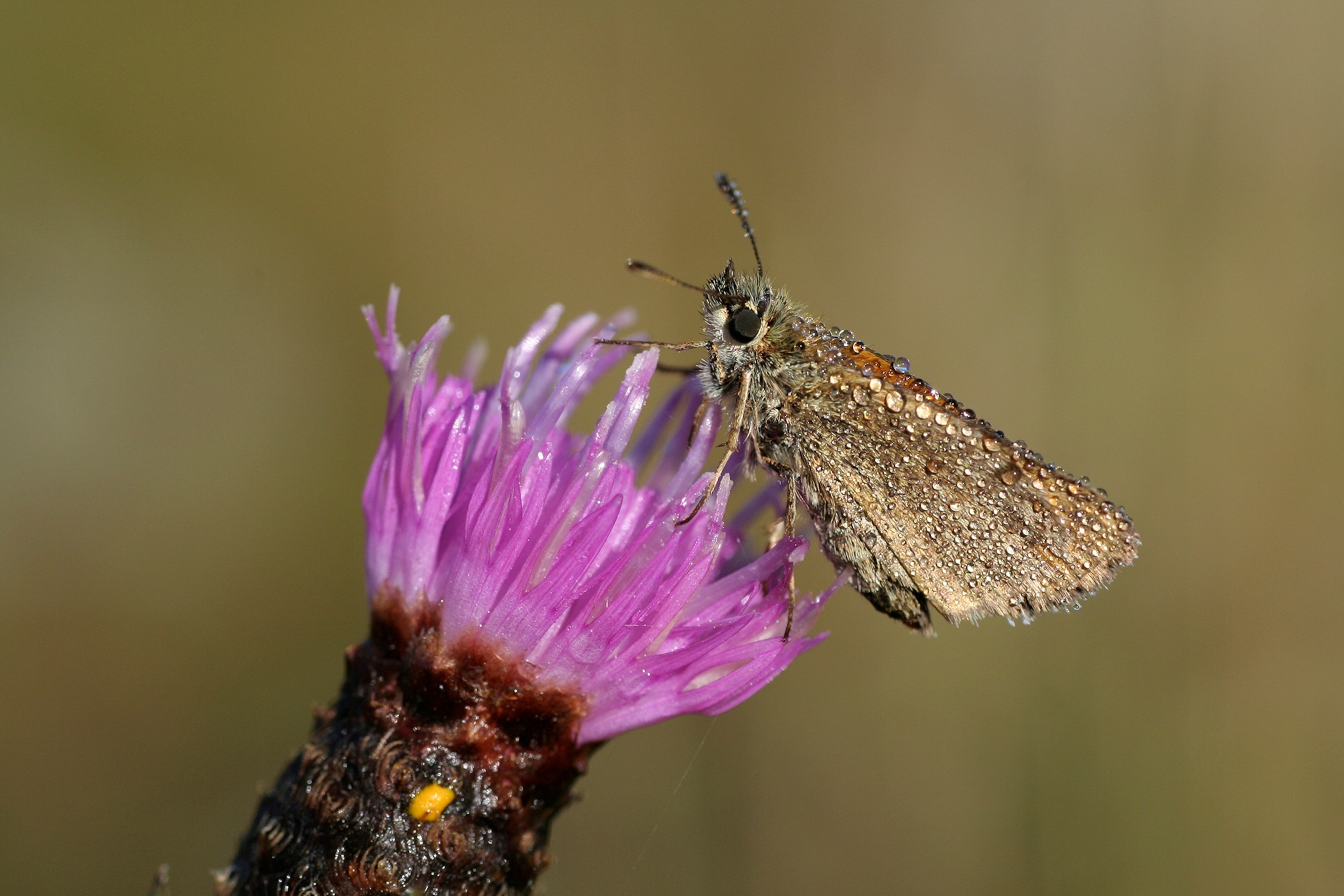
Another service: waste disposal and nutrient cycling. Without insects like dung beetles and decomposers breaking down and removing animal and plant waste, “the results would be unpleasant,” says Timothy Schowalter, an entomologist at Louisiana State University.
So just how dire is the situation for insects? Ultimately, while it’s concerning, “we don’t really have the information yet to answer [that] question,” Wagner says. That’s mainly due to a lack of long-term studies, but insect abundance is also tough to study. Many of these animals have boom-or-bust life cycles, which can take advantage of prime conditions to explode. However, they're also highly sensitive to fluctuations in weather.
One definite result of recent studies is increased interest and funding for long-term research, Wagner says. Such attention could help prevent extinctions like the loss of the Rocky Mountain locust.
“Even insects that can seem very abundant can disappear over a short period of time,” Schowalter says. “But unless somebody is watching or concerned, nobody [will] prevent that.”
